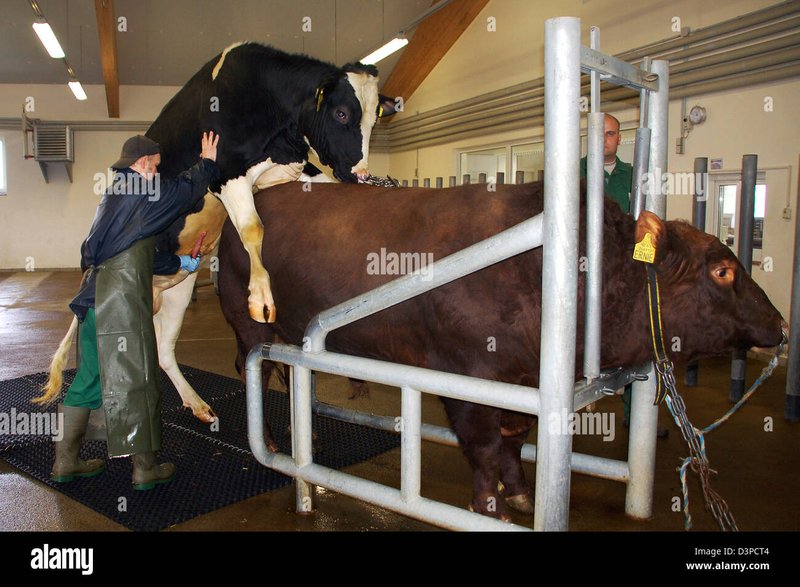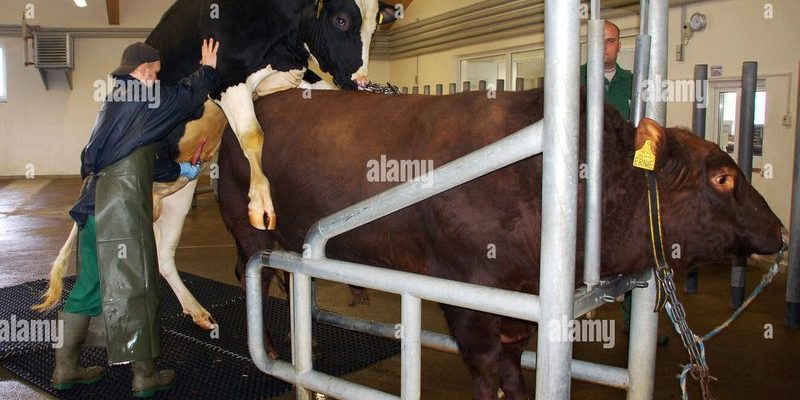
Essentially, cod have a unique way of bringing their young into the world, often relying on vast ocean spaces, specific temperatures, and even moon phases. The cod population thrives in cooler waters, making their breeding habits a crucial part of maintaining the marine ecosystem. So, how does this all work? Let’s dive in and explore the breeding and reproduction of these amazing fish.
Life Cycle Stages of Cod
Understanding the life cycle of the cod can feel a bit like unraveling a mystery. It starts with the egg, which is where all the magic begins. Cod lay thousands of eggs at a time, often in the spring, when the waters are just right. These eggs float in the ocean, and after about two to three weeks, depending on the temperature, they hatch into tiny fish called larvae.
These larvae are incredibly small and rely on the currents to carry them to more suitable living conditions. As they grow, they transition through several stages, becoming juvenile fish before finally maturing into adults. This whole process of growth is crucial because it ensures a steady population of cod in our oceans.
Spawning: The Cod’s Dance
Spawning is a pivotal moment in the reproductive cycle of cod. Think of it as their big night out. Cod typically spawn in the deeper waters of the ocean, where they can find safety and optimal conditions. The timing of this event is often influenced by the moon’s phase and water temperature, showing us just how synced these creatures are with their environment.
During spawning, female cod release their eggs, while male cod swim nearby to fertilize them. This dance can be quite elaborate, with males competing for the attention of females. They use various displays, chases, and sometimes even physical contact to impress potential mates. Each spawning session can produce millions of eggs, which speaks to the cod’s strategy for survival in a challenging ocean environment.
The Role of Temperature and Environment
Temperature plays a massive role in the breeding and reproduction of cod. Warmer waters can lead to earlier spawning times, while cooler temperatures can delay it. Cod prefer temperatures between 4°C to 10°C (39°F to 50°F) for successful spawning. This preference is vital for the survival of eggs and larvae, as too warm or too cold can lead to high mortality rates.
Moreover, the environment matters. Cod often return to the same areas to spawn year after year. They tend to favor specific spawning grounds rich in nutrients and suitable for egg survival. Overfishing and habitat destruction can disrupt these delicate areas, which is why conservation efforts are essential in safeguarding cod populations.
Challenges in Cod Reproduction
Here’s the thing: while cod are natural survivors, they face numerous challenges when it comes to reproduction. One significant threat is overfishing. As humans catch more fish than can be replenished, the population struggles to rebound. Fewer mature cod mean fewer opportunities for successful spawning, creating a cycle that can lead to population decline.
Additionally, environmental factors such as climate change play a significant role. Changes in ocean temperatures and acidity levels can affect not only the breeding timing but also the overall health of cod populations. A changing environment can lead to fewer successful hatchlings, further complicating the already delicate balance of cod reproduction in the ocean.
Human Impact on Cod Breeding
Humans have a profound influence on the natural breeding behaviors of cod. Overfishing, pollution, and climate change are just a few ways our activities send ripples through the oceans. Fishing practices that don’t adhere to sustainable guidelines can significantly reduce the number of adult cod available to spawn.
Moreover, pollution from agricultural runoff or industrial activities can damage habitats where cod breed. This not only affects the reproductive success of cod but also disrupts the entire marine ecosystem, which relies on the health and balance of fish populations like cod.
Conservation Efforts for Cod Populations
To protect the future of cod, various conservation efforts have been put in place. Organizations are working hard to establish sustainable fishing practices, create marine protected areas, and advocate for better regulatory policies. These initiatives aim to give cod a fighting chance by ensuring they have the right environments to breed successfully.
Community awareness and education also play a huge role. By informing the public about the importance of cod in our ecosystem, we begin to foster a shared responsibility for their future. Each small action can add up, whether it’s supporting sustainable seafood choices or advocating for local conservation efforts.
The Future of Cod Breeding
Looking ahead, the future of cod breeding depends on multiple factors, including how we address human impacts and environmental changes. We need to remain vigilant in our efforts, pushing for policies that respect the delicate balance of marine life. Understanding cod breeding and reproduction can empower us to make informed choices that can help sustain these remarkable fish for generations to come.
In summary, breeding and reproduction of the cod is a complex yet fascinating topic that highlights the unique challenges and wonderful aspects of their life cycle. By paying attention to their needs and advocating for the preservation of their habitats, we can play our part in ensuring the future of cod remains bright. Whether you’re a seasoned fish enthusiast or just beginning to grasp these concepts, knowing more about cod can deepen your appreciation for the ocean’s wonders.

